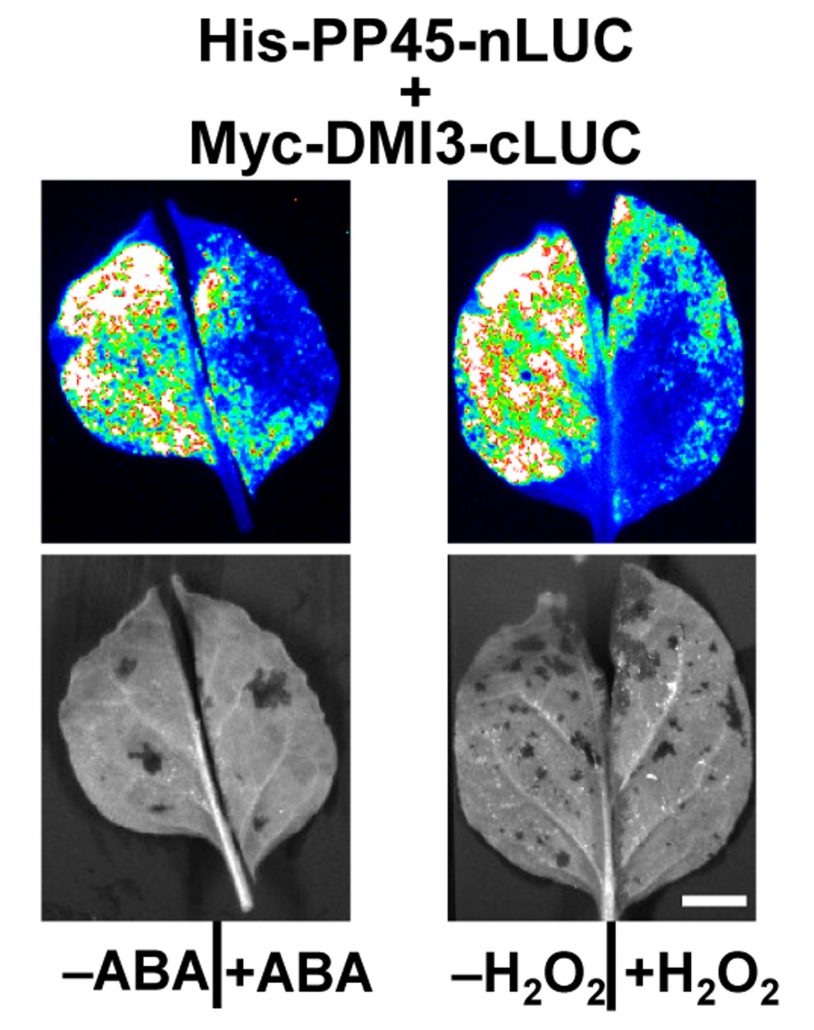
A Partnership for ABA Responses
The Plant Cell: In BriefThe phytohormone abscisic acid (ABA) regulates a variety of processes in plants including seed dormancy, seedling growth, and response to environmental stresses. A fascinating study by Ni et al. (2018) shows that ABA responses in rice are regulated by an interaction between the DMI3 kinase, which activates…

Hydrogen Cyanide Regulation by S-Cyanylation
Plant Physiology, Plant Physiology: On The InsideDespite its toxicity, cyanide has been proposed to act as a regulator of several biological processes such as seed dormancy and germination, resistance to fungal and viral infection. Arabidopsis null mutants of the mitochondrial enzyme β-CYANOALANINE SYNTHASE (CAS-C1) accumulate cyanide to apparently…
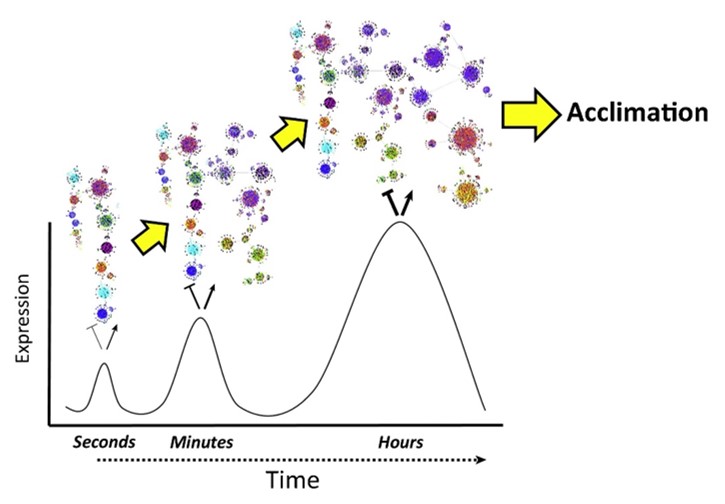
Opinion: Rapid responses to abiotic stress (TIPS)
Plant Science Research WeeklySeveral recent studies have demonstrated that plants are able to respond to environmental challenges within minutes, through electrical signals, calcium oscillations, hydraulic changes, metabolites such as glutamate, and reactive oxygen species. Kollist et al. review studies of rapid responses that control…
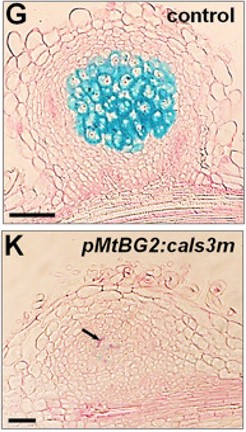
Symplastic coordination of root nodule development (Curr. Biol.)
Plant Science Research WeeklyThe establishment of root nodule symbiosis in legume roots involves the perception, infection, and accommodation of nitrogen-fixing rhizobia. The de novo formation of root nodules relies on complex developmental programs coordinated through different tissues via unknown cellular routes. Gaudioso-Pedraza…
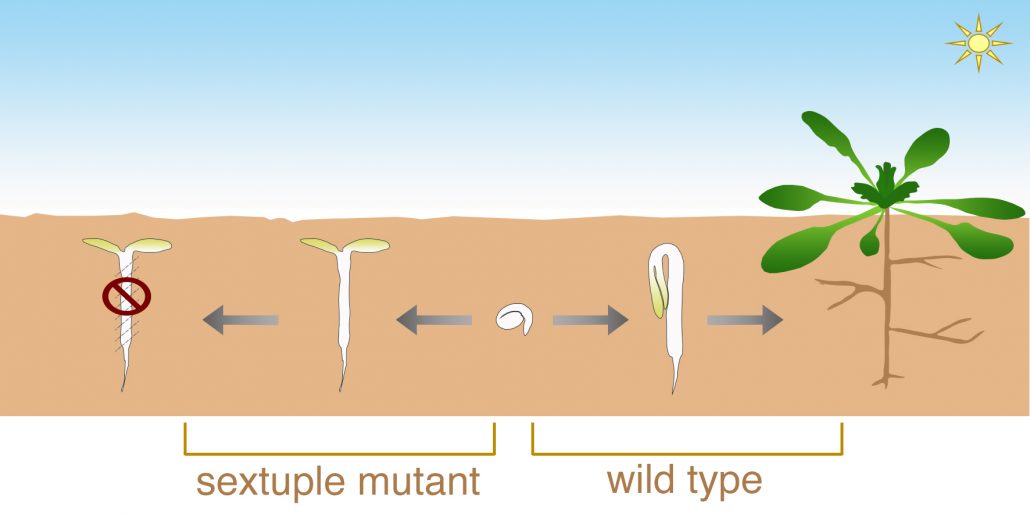
Regulation of Apical Hook Development: A Dual-Core Processes Complex Information
Research, The Plant Cell, The Plant Cell: In a NutshellZhang et al. investigate the regulation of apical hook development in Arabidopsis thaliana. The Plant Cell (2018). https://doi.org/10.1105/tpc.18.00018.
By Xing Zhang, Yichuan Wang and Hongwei Guo.
Background: For sessile plants, survival in dynamic nature is never easy! The very first challenge…
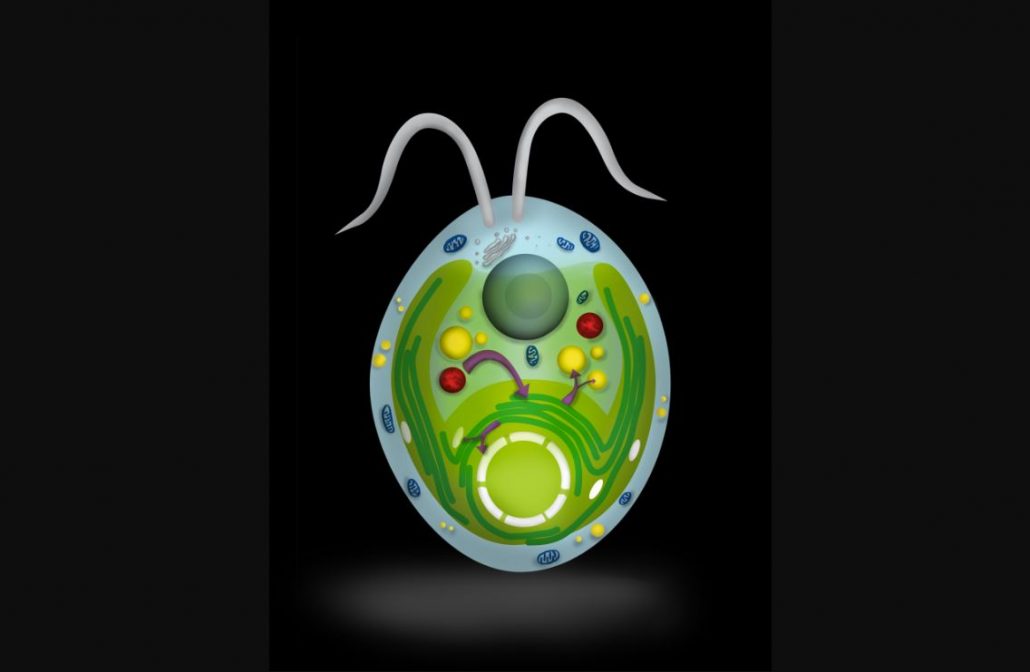
How Peroxisomes Modulate Chloroplast Activity in a Microalga
Research, The Plant Cell, The Plant Cell: In a NutshellBackground: Chloroplasts are the major powerhouse of plant and algal cells, where photosynthesis—the conversion of carbon dioxide into organic compounds using sunlight energy—occurs. Chloroplasts are also where important cell components (such as membrane lipids and pigments) and energy-rich compounds…
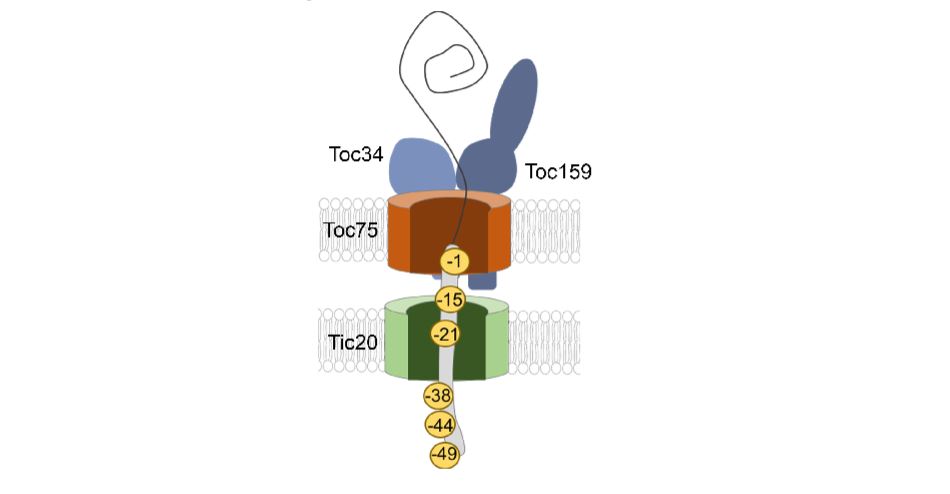
Taking the TOC/TIC path to the chloroplast
Research, The Plant Cell, The Plant Cell: In a NutshellRichardson et al. explore the molecular topology of the chloroplast transit peptide and its nucleotide-dependent movement within the chloroplast protein import channel. Plant Cell https://doi.org/10.1105/tpc.18.00172.
By Lynn GL Richardson and Danny J Schnell
Background: Chloroplasts, the site…
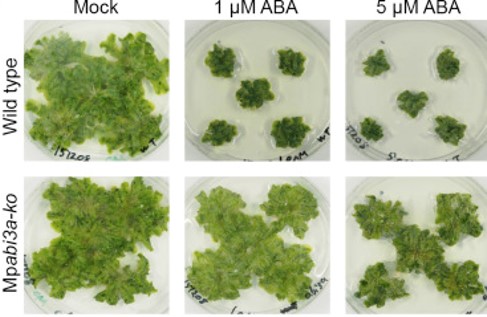
A conserved ABA signaling module regulates dormancy in liverworts (Curr Biol)
Plant Science Research WeeklyPlants can strategically maintain a state of dormancy to prevent germination and growth under unfavorable environmental conditions. In evolutionarily young lineages, dormancy is regulated by a canonical abscisic acid signalling pathway comprised of ABA receptors (PYR/PYL/RCAR), the negative regulator…

Active Support: GHR1 is a Pseudokinase that acts as a Scaffolding Component
Blog, The Plant Cell, The Plant Cell: In BriefPlants balance CO2 uptake with water loss via a complex network of signals regulating stomatal aperture size. Stomata close in response to a number of stimuli, including drought, low light intensity, low air humidity, elevated intercellular CO2 concentration, pathogens, and certain air-borne chemicals…

